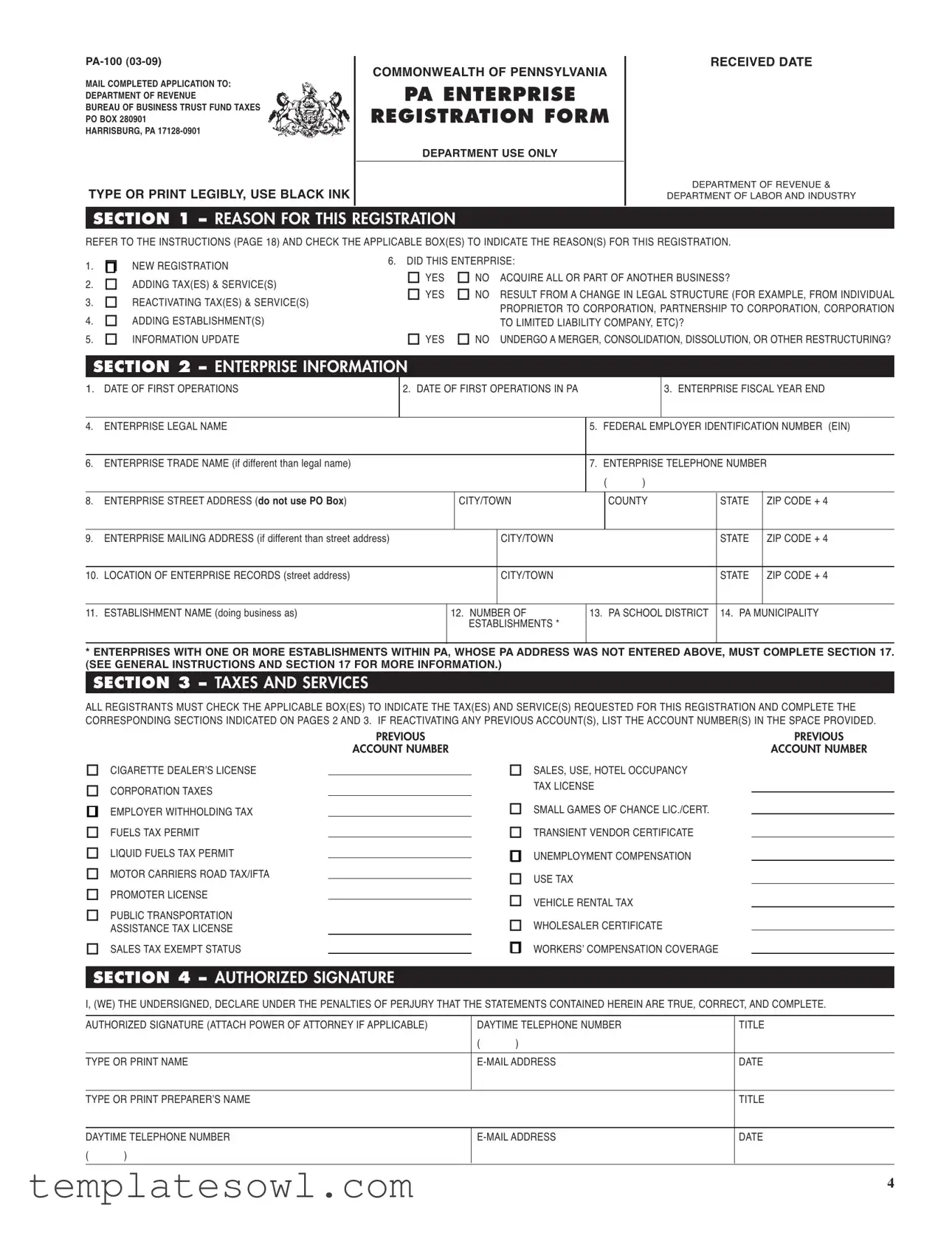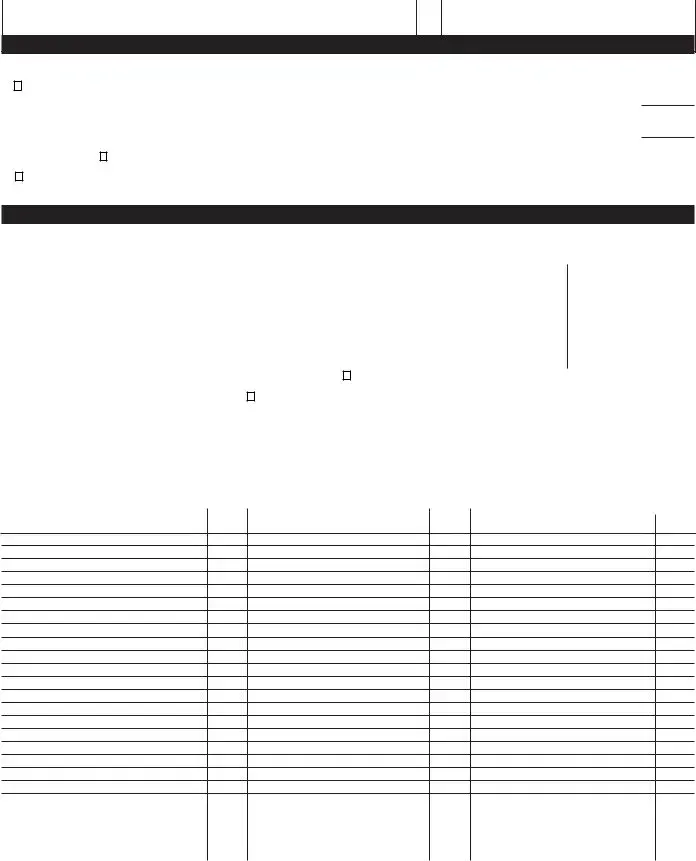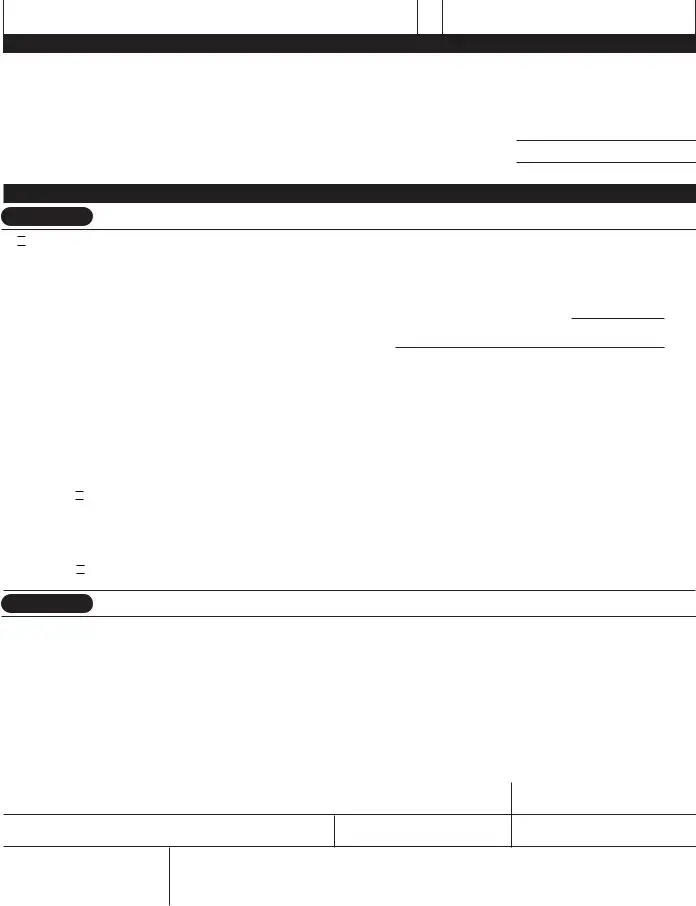Filling out the Pennsylvania PA-100 form is a vital step for businesses engaging with state revenue systems. However, mistakes made in this process can lead to unnecessary delays and complications. Here are eight common errors individuals make on the form.
1. Incomplete or Illegible Information: One of the most frequent mistakes is failing to provide complete details or submitting illegible responses. The form explicitly states to use black ink and print legibly. Writing that is difficult to read can result in miscommunication and processing errors.
2. Incorrect Business Structure Selection: Many applicants do not accurately indicate their business structure in Section 5. This can cause significant issues, especially regarding tax obligations. Ensure you carefully select the appropriate structure, whether it is a corporation, partnership, or sole proprietorship.
3. Missing Dates: Dates are crucial in various parts of the form—especially in Section 2 where the date of first operations is required. Omitting these dates can lead to incorrect assessments of business timelines and responsibilities.
4. Ignoring Previous Account Number Sections: If the business has an existing account with the Pennsylvania Department of Revenue, it is important to accurately provide the previous account number. Failing to do so can complicate the registration process and may hinder accessing necessary tax information.
5. Failing to Identify All Establishments: If the business operates multiple establishments, Section 17 must be completed. Many applicants overlook this requirement, which can lead to penalties for non-compliance.
6. Not Providing Accurate Owner Information: In Section 6, the form requests detailed information about owners and responsible parties. Missing or incorrect personal details, such as Social Security numbers or dates of birth, can complicate registrations and should be completed with careful attention.
7. Incorrect Response to Tax Exempt Status: Misunderstanding eligibility for tax exemption can result in incorrect completion of the form. An applicant must provide all necessary documentation if the business claims to be exempt under Section 5.
8. Failing to Review Before Submission: Common oversight arises from not reviewing the form before sending it to the Department of Revenue. This can appear trivial, but taking the time to carefully check for errors or missing information can prevent significant headaches later.
Being aware of these common mistakes can simplify the process of completing the PA-100 form. Correctly filling out this registration form ensures that businesses are compliant and can focus on growth and operations without unnecessary regulatory issues.





 YES
YES 



